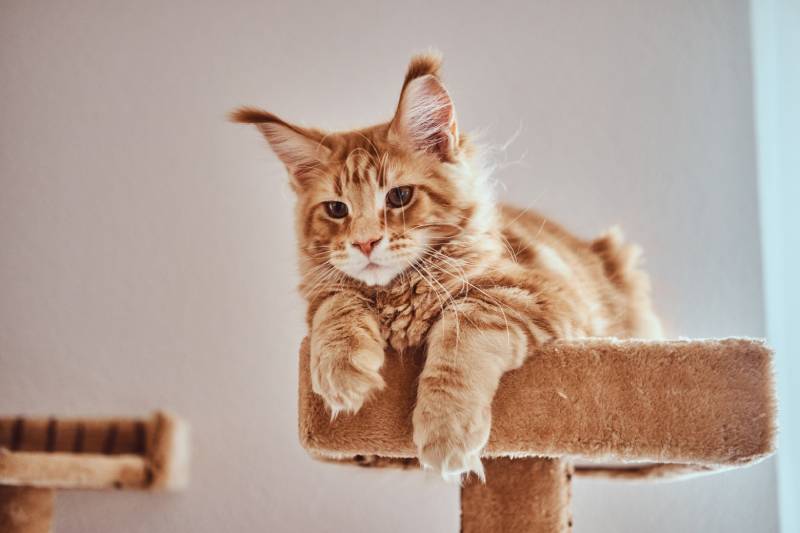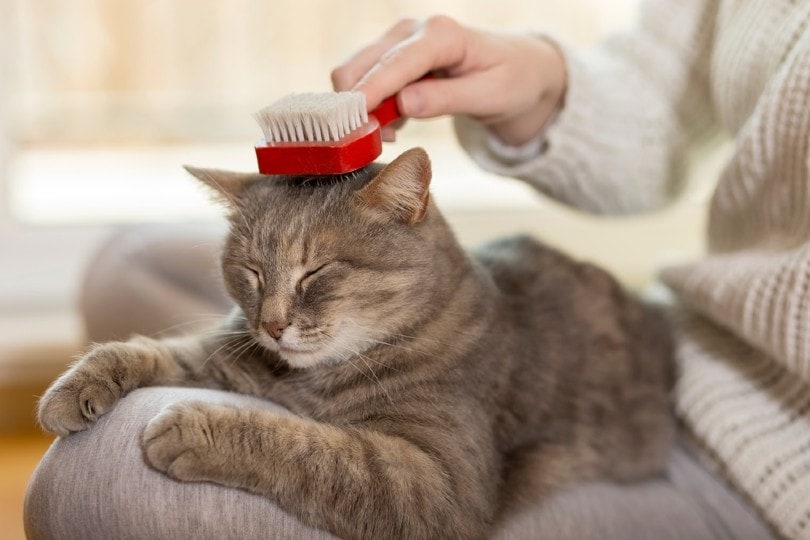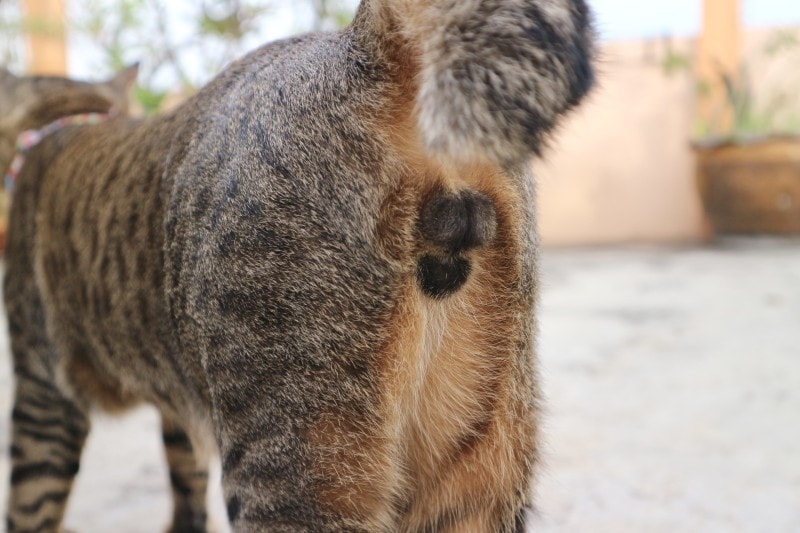At What Age Will My Cat Stop Growing? Facts & FAQs
By Ed Malaker
Updated on
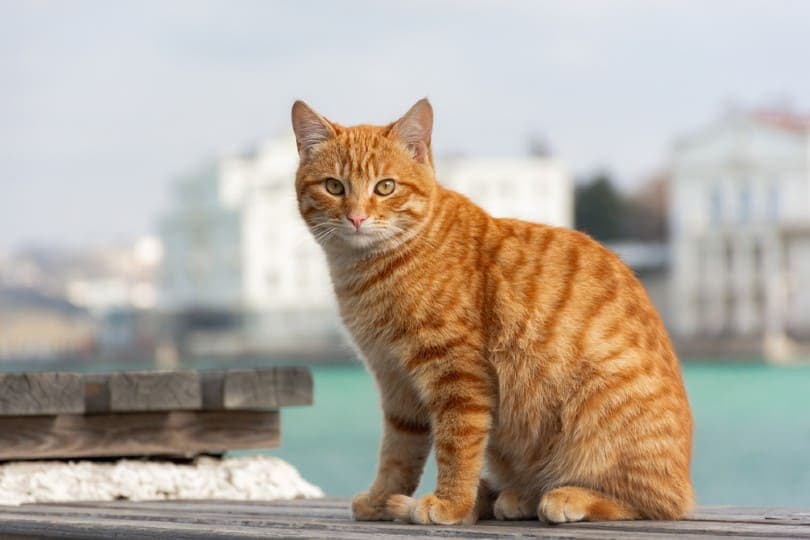
We all love to learn as much as we can about our pets, and one of the most popular questions we get frequently is when the kitten will become a fully grown cat. Most cats are finished growing when they are about 18 months old but the actual time can vary based on several factors. If you would like to learn more about your pet, keep reading while we take a closer look at how long your pet is likely to stay a kitten.
Feline Growth and Life Stages
1. Birth and Weening
- 0–2 Months
Kittens need to stay with their mother for the first several days, and most experts recommend avoiding the litter completely for the first several days. The kittens will begin to wean off their mother at around 4 weeks old, but it can take up to 7 weeks before the kitten is completely independent. The size of the litter, the mother’s overall health, and her ability to produce enough milk to support the litter all play a part in how long the kittens will be dependent.
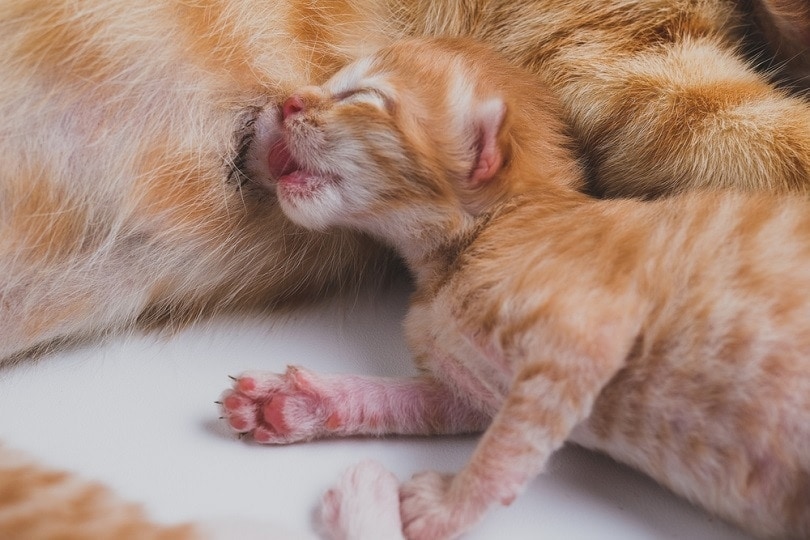
2. Independence and Adoption
- 2–3 Months
Most kittens that are lucky enough to be adopted meet their new parents when they are 2–3 months old. These kittens are tiny and have just begun eating solid food. They’re also exploring the world for the first time and can be entertaining to watch. However, they’re still quite delicate and will require lots of attention to help them feel safe and secure.
3. Adolescence
- 3–6 Months
While your kitten is in adolescence, you will likely see them become much more active, and they can even become aggressive towards other pets, but this behavior will pass. They might also attack your feet and will spend plenty of time each day chasing after balls. They will no longer need constant interaction, but you will still need to supervise them because they tend to be curious, and their explorations can frequently get them into trouble. Most cats are spayed or neutered during this time.
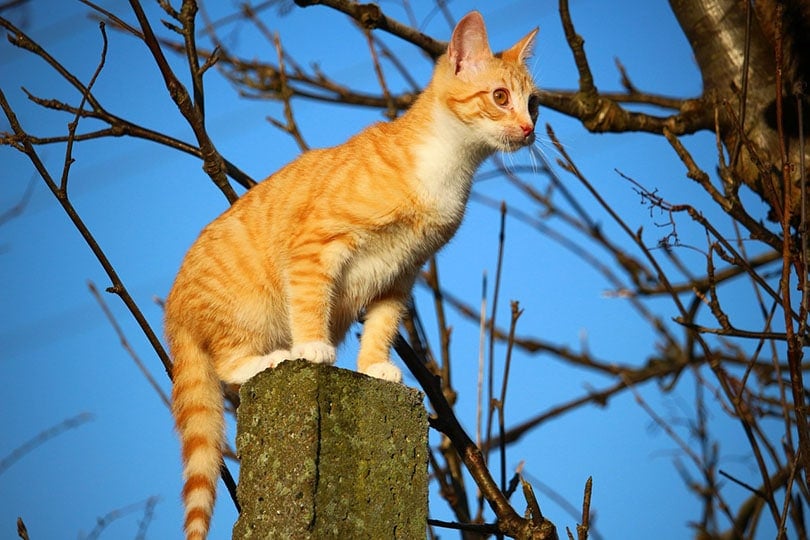
4. Teenage Years
- 6–12 Months
Many owners consider the 6–12 month range to be the teenage years of your cat. They will remain active during this time but should be less aggressive toward you and other animals. They will also have an identifiable personality by this time that is likely to persist as the cat ages with little change. By the time the cat reaches 12 months, they will be very close to full size, and many cats will stop growing at this time. The cat’s breed is important at this stage because some breeds reach their full size at a different speed.
5. Young Adult
- 1–2 Years
Between 1 and 2 years, your kitten will become a fully grown cat. Though most cats will not grow any larger, they will continue to fill out until they are close to 18 months. Once again, the breed will play an important part as some breeds naturally develop at a different speed than other cats.
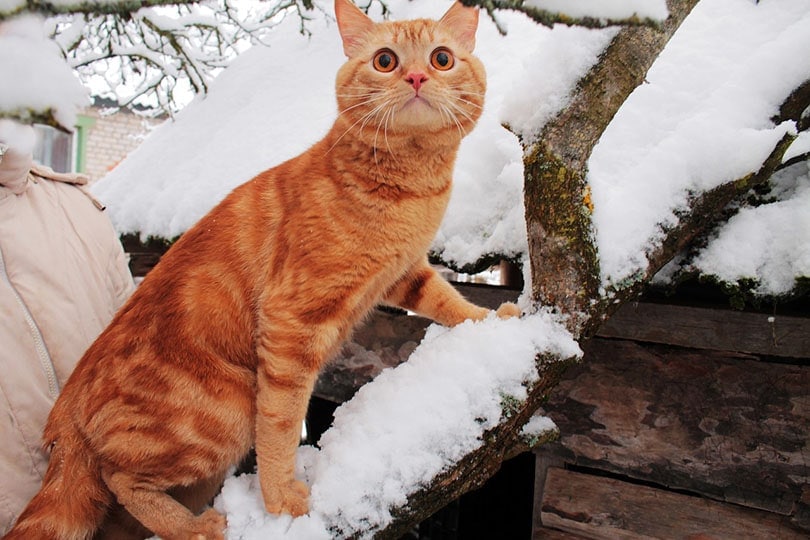
6. Adult
- 2+ Years
Even though your cat is fully grown by two years old, they might still gain weight that can cause them to become larger, and develop a primordial pouch to help add cushion and protect their internal organs during a fight. This pouch can also add size to your cat, making them appear to have grown.
Breeds That Mature Slowly
The Norwegian Forest Cat, Maine Coon, and American Bobtail are just a few examples of breeds that can take more than the average amount of time to become adults. The Maine Coon, for instance, can take as many as four years to reach full size. Owners of these wonderful breeds get to spend more time with them as kittens and adolescents, and the cats tend to be quite large.
Breeds That Mature Quickly
Breeds that reach full size quickly tend to be smaller than standard cats, including the Munchkin, American Curl, and the Devon Rex, among others. Since they remain small, they rarely grow any larger once they are 12 months old.
Final Thoughts
Most cats will finish growing when they reach about 12 months old but will continue to develop muscle for another six months. The breed of the cat can affect the time it takes them to reach full size, and many larger species like the Maine Coon can take more time. Well-fed cats can continue to put on weight after they reach full size, and underfed cats may not have the nutrients required to reach full size at the same pace as other cats.
We hope you have enjoyed reading over this short guide and found it helpful in answering your questions.
Featured Image Credit: Anna_Zaitzeva, Shutterstock


